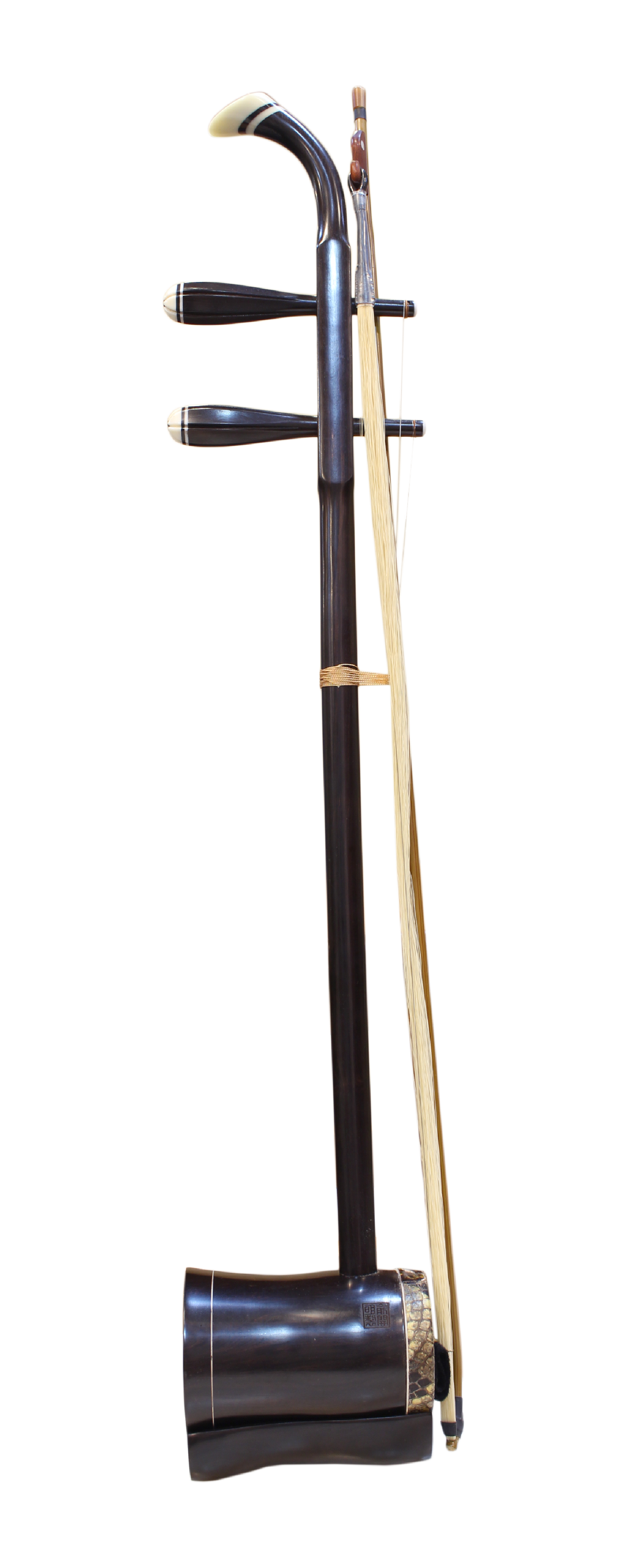
Gaohu - Chinese String Instrument (Bowed)
Surprisingly to some, the oft-used erhu in today’s Chinese orchestra is in fact a modified instrument. In fact, this Chinese fiddle was developed by a mixture of musicologists, teachers, performers, enthusiasts and students, following the Chinese revolution. Previously, the original erhu was deemed defective in multiple ways; the same pitch from varying octaves were of different volumes, its range was limited and it lacked a certain clarity that other instruments possessed.
Thus, other forms of this instrument were constructed so as to make up for the lack of bowed string sounds missing in the orchestra. These new fiddles include the gaohu, erhu, zhonghu, dahu and the dihu, amongst others.
Prior to reformation, the gaohu was referred to as the yuehu (Cantonese huqin) or nanhu (Southern huqin). It is usually viewed as the higher-pitched cousin of the erhu; commonly associated with Cantonese music. Relatively smaller than the erhu, the gaohu is occasionally performed between a performer’s thighs. It owes its creation to Cantonese music Lu Wencheng, who developed the gaohu based on the erhu as a model. Able to produce significantly higher notes than the erhu, this Chinese instrument has a bright tonal quality that is able to pierce through other timbres. The gaohu is usually assigned higher-pitched parts within the Chinese orchestra’s bowed string section, and executes notes that the erhu has difficulty reaching.
Its sweet and delicate tone often leads the gaohu to assume soprano voicings within orchestra. The gaohu also assumes the leading role in Cantonese music, and is seen in other folk ensembles and as an accompanying instrument.
Arguably, the most renowned piece for the gaohu is Liang Zhu (The Butterfly Lover’s Concerto).
CURIOUS HOW THE GAOHU SOUNDS LIKE?
